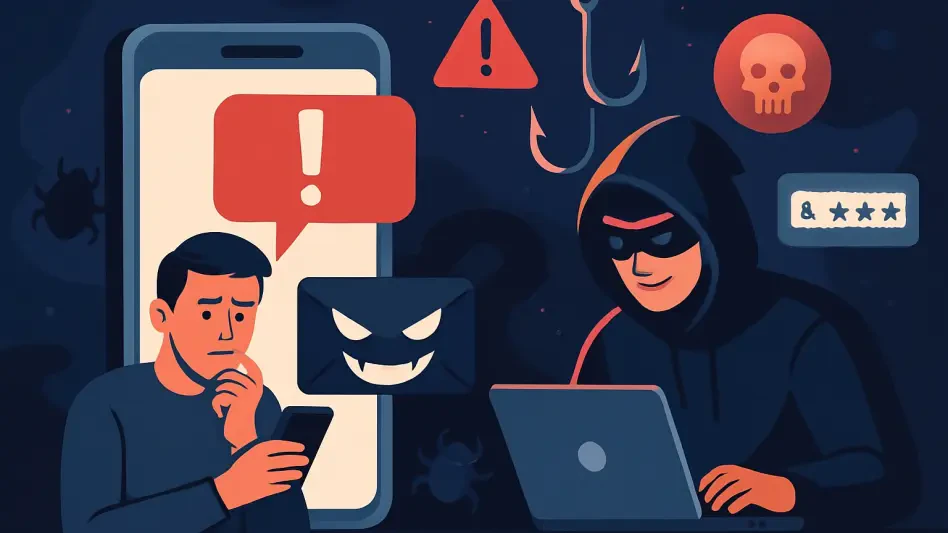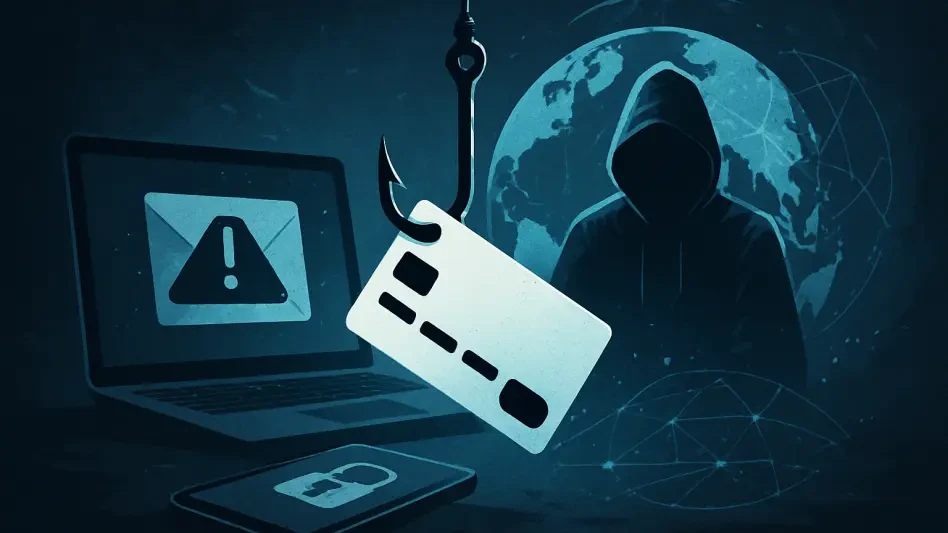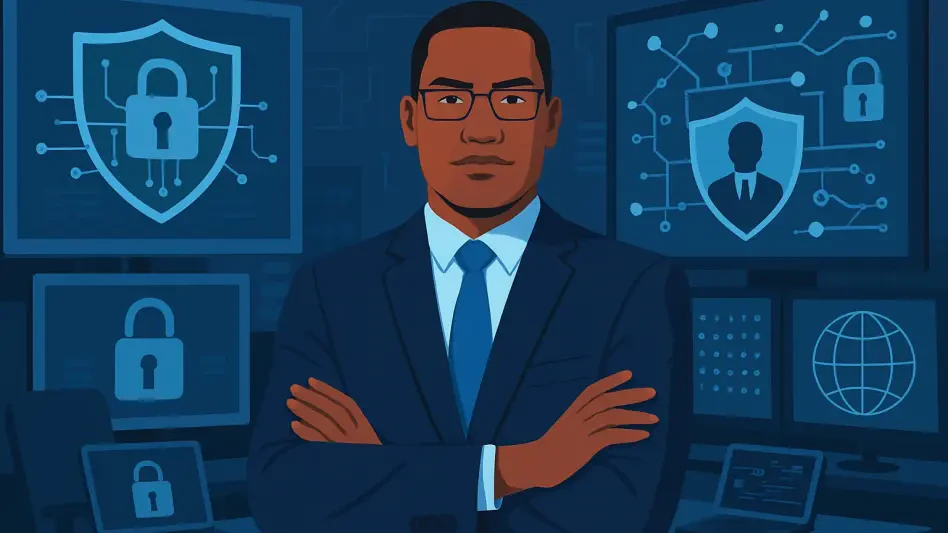What if a single text message could wipe out your savings in an instant? In a chilling cybercrime spree spanning 16 months from mid-2023 to late-2024, Chinese hacking syndicates potentially stole data from 115 million U.S. payment cards, racking up billions in losses. This digital heist didn’t just breach accounts; it exposed gaping holes in the systems meant to protect consumers. The audacity and scale of this operation demand attention, pulling back the curtain on a shadowy world where technology becomes a weapon of mass financial destruction.
The Alarming Reality of a Cybercrime Epidemic
This isn’t just a story of stolen numbers; it’s a stark reminder of the fragility of modern financial ecosystems. With digital payments now dominating transactions, the theft of such a staggering number of cards signals a dire threat to individuals, banks, and businesses. The implications ripple far beyond immediate losses, eroding trust in the very tools that power daily life. Understanding the mechanics of this crime is critical, as cybercriminals continue to outpace traditional defenses with alarming ingenuity.
A Smishing Scheme That Redefined Fraud
At the heart of this operation lies a deceptively simple tactic known as smishing—phishing through text messages. Hackers crafted convincing texts, embedding links to counterfeit websites designed to mimic legitimate platforms. Unsuspecting victims, believing they were interacting with trusted entities, handed over sensitive card details without a second thought. Over 32,000 fake websites were tracked during this campaign, showcasing a level of coordination that turned a basic scam into a sprawling enterprise.
The masterminds behind this scheme operated with chilling efficiency. A key figure, known only as Lao Wang, ran a Telegram channel that ballooned from 2,800 to over 4,400 members, offering tools for creating scams and fraudulent e-commerce sites. These fake storefronts were shamelessly promoted on major platforms like Meta and TikTok, luring in countless users. The operation’s reach and audacity highlight how accessible technology has become a double-edged sword in the hands of criminals.
Tokenization: A Game-Changer in Cyber Theft
One of the most innovative—and dangerous—tactics employed was the exploitation of digital wallets like Apple Pay and Google Wallet. By converting stolen card data into digital tokens, hackers sidestepped conventional fraud detection systems that monitor direct card usage. This method created a blind spot for banks, as tokenized transactions often bypassed the usual security checks, allowing seamless, undetected purchases.
To avoid triggering alerts, the syndicate carefully limited the number of cards added per device—typically 4 to 7 for U.S. victims. This calculated restraint enabled contactless payments and online shopping sprees to go unnoticed for months. The use of tokenization marks a significant evolution in financial crime, revealing how quickly criminals adapt to exploit emerging technologies while security measures lag behind.
The Criminal Network Behind the Heist
This wasn’t the work of lone actors but a highly organized network of cybercriminals. Key players like Chen Lun and PepsiDog, also known as Xiū Gou, exemplify the professionalization of digital fraud, turning scattered scams into a structured industry. Their ability to coordinate across platforms and tactics demonstrates a shift toward systematic, large-scale operations that rival legitimate businesses in sophistication.
Experts have noted that current security frameworks are woefully inadequate against such threats. The tokenization of stolen cards, in particular, poses a unique challenge, as it obscures the trail of illicit transactions from traditional monitoring systems. This gap in defense mechanisms leaves millions vulnerable, underscoring the urgent need for updated strategies to combat these sophisticated adversaries.
Safeguarding Against the Next Digital Threat
While the magnitude of this breach is staggering, there are practical steps to shield personal finances from similar attacks. Start by scrutinizing every text message received—never click on links from unknown sources, and always verify the sender through official channels. Awareness is the first line of defense against deceptive smishing attempts that prey on momentary lapses in judgment.
Beyond vigilance, securing digital wallets is paramount. Enable additional authentication layers for services like Apple Pay or Google Wallet, and routinely check linked accounts for suspicious activity. Limiting the personal information shared online, especially on social media where fraudulent ads often proliferate, can further reduce exposure. Keeping devices updated with the latest security patches and using antivirus software also fortifies defenses against evolving exploits.
Finally, swift action is crucial when something seems amiss. Report any questionable texts or unusual transactions to banks or card providers immediately. Proactive monitoring and quick responses can mitigate damage before it spirals out of control. Adopting these habits builds a stronger barrier against the relentless ingenuity of cybercriminals looking for the next opportunity to strike.
Reflecting on a Historic Cyber Breach
Looking back, the audacious theft of 115 million U.S. payment cards by Chinese hacking syndicates stood as a defining moment in the history of financial crime. The sheer scale of the operation, executed through smishing and digital wallet exploitation, inflicted billions in damages and shattered assumptions about the safety of modern payment systems. It exposed a critical vulnerability that had gone unchecked for far too long.
Moving forward, the lessons from this breach must drive innovation in cybersecurity. Banks and tech companies need to prioritize developing detection systems capable of identifying tokenized fraud, while consumers must remain ever-vigilant in protecting their digital footprints. Collaboration between industries and individuals is essential to stay ahead of criminals who continue to refine their tactics. This incident serves as a powerful call to action, urging a collective effort to rebuild trust and security in an increasingly connected world.








